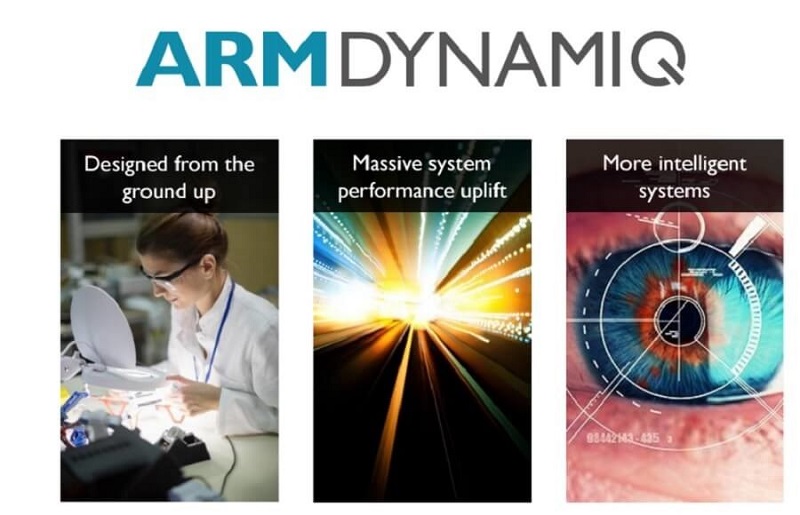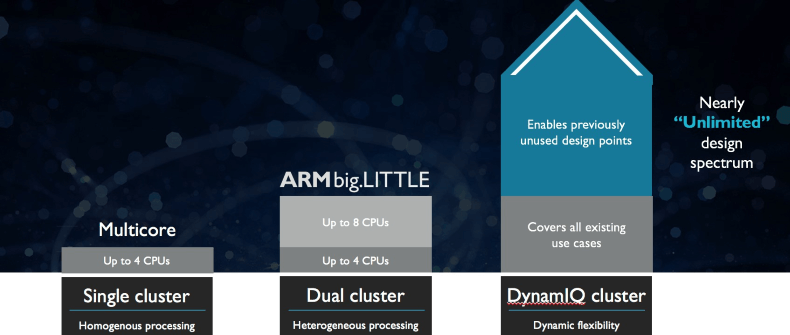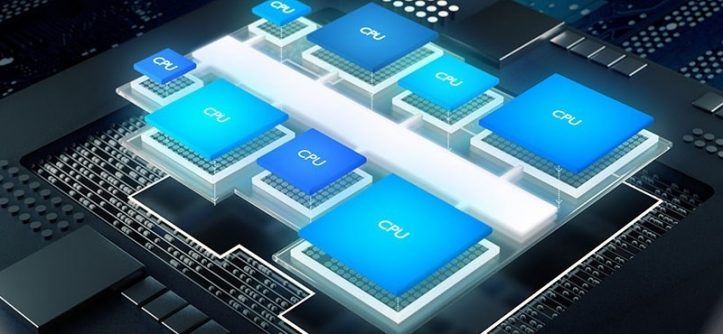When we talk about ARM we have to understand that all the steps that they give, in the end end up impacting significantly on our day to day, almost always in a transparent way, but really are the designers of the fundamental part of the devices that we carry. Virtually all mobile processor designs are based on their advancements and technologies.
The last thing we have to know about the British designer of chips is called DynamIQ, and behind that name is a new technology with which to create better multi-core processors, able to manage the concepts and trends that flourish now, but we really have behind the corner: Artificial intelligence, machine learning and cloud computing.

It is also here to embrace the arrival of new types of devices. ARM does not close the doors and thinks about much beyond the mobile phones: its new designs will have room in cars, servers, personal computers, virtual reality, autonomous systems, videogame consoles, and of course, telephones.
For ARM, DynamIQ is the next big step they have designed after the appearance of the ‘big.Little’ configuration on multi-core processors
To understand DynamIQ you must first be in 2011, when the configuration ‘big.LITTLE’ arrived so that multicore processors could be more balanced, allowing to have power and energy efficiency in the same solution.

How? Keeping a group of more powerful cores alongside others that were less, and the system was able to use one or other depending on tasks and needs. DynamIQ is one more step, proposing that you can create processors that combine cores specifically created for specific tasks.
You may also like to read another article on improtecinc: Snapdragon 835: 30% thinner and more efficient for a dual camera present and virtual reality
We can find solutions with 4 or 8 cores in which each of them has its performance and energy needs : instead of talking about two groups of specialized nuclei, each one will be individually.
The key is to achieve a better optimization, but at the same time ensure configurations that improve by 50 times the current performance when working with calculations relative to artificial intelligence. As you can understand, this has a lot to do with the cars that see the roads in real time.
More than 3.5 billion people wear a gadget that uses their designs: more than 450 processor manufacturers rely on their work

In addition to the flexibility with cores, DynamIQ improves efficiency thanks to a new design of the memory interface, also communication with other external elements, hardware accelerators.
Who are the main stakeholders in these designs? The usual, names like Qualcomm, NVidia, Samsung or Apple, will be able to take the work of the British as a base to create their processors.
ARM can boast that it has put its work on 50 billion processors in the market between 2013 and 2017. Its projections speak of doubling that figure in 2021.
Tags: ARM, artificial intelligence, DynamIQ, multi-core processors




Leave a Reply